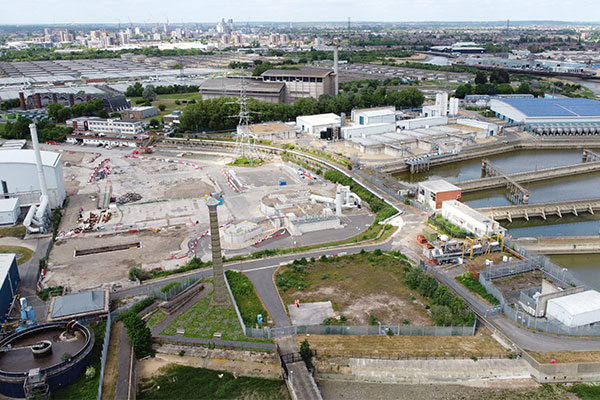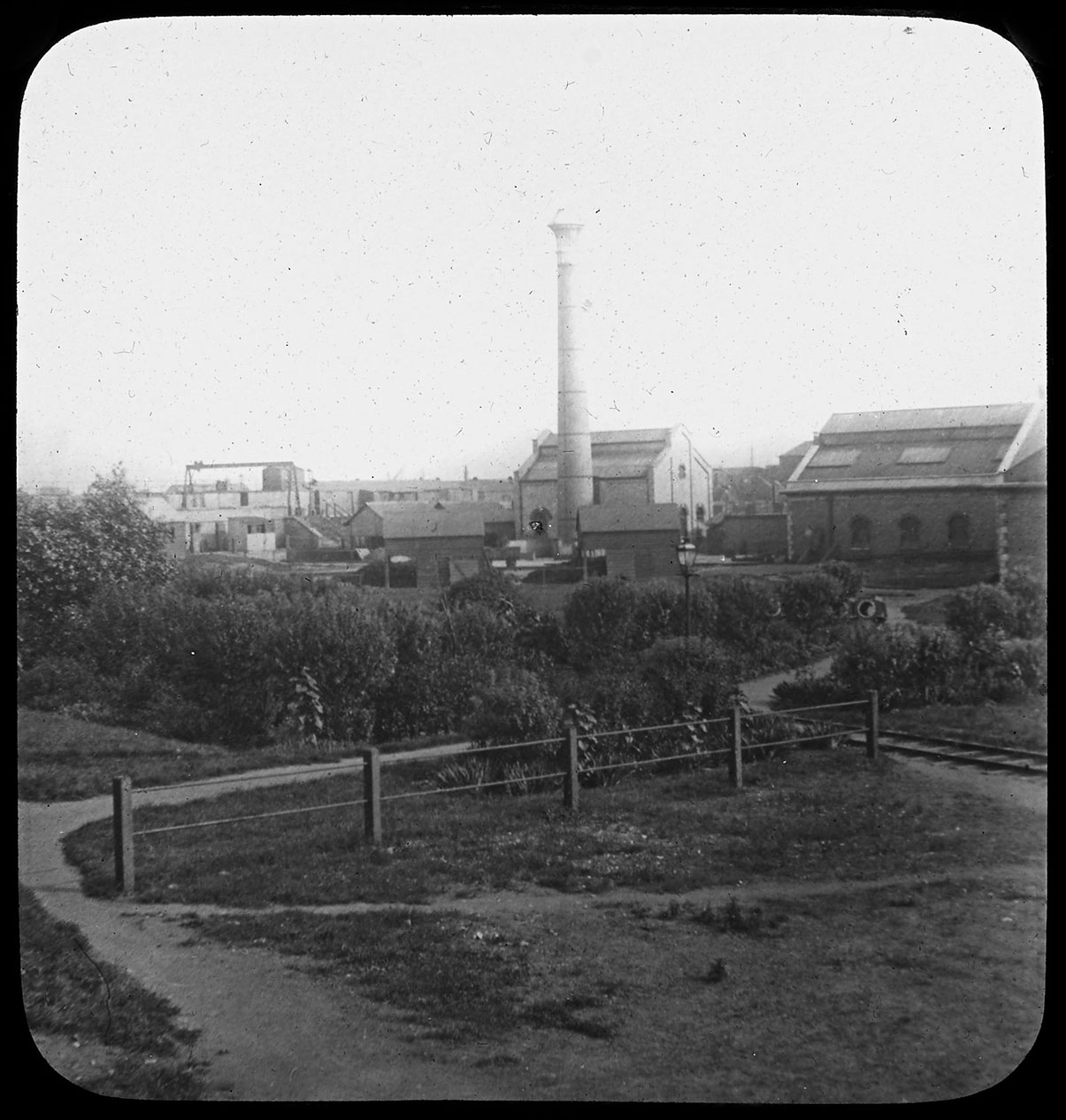Rebuilding Beckton's historic chimney
We’re planning to move and rebuild a Victorian chimney that once formed a vital part of Beckton, the UK’s largest sewage treatment works.
Before we apply for permission to move the chimney, we’d like to know your views on our proposals.
Our proposals
We’ve carried out structural surveys which have shown it’s not feasible to rebuild the chimney on its original foundation. We’ve worked with a team of technical specialists to find a new location for the chimney that will respect its historical context and allow the public to enjoy it.
We want to rebuild and relocate the chimney within our site, on an area of green space outside the boundary fence of the sewage works. This will protect the chimney from our essential on-site operations.
The chimney will be 29m tall and freestanding with no operational function. We’ll rebuild it using its original 8 sections, including the restored Portland Stone topping, on a newly constructed plinth and piled foundations. The plinth will have a high-quality concrete external finish to avoid confusion with the original chimney.
The chimney will be accessible from the permissive Riverside and Thameside walkways that run from Jenkins Lane to the south-western corner of the Beckton works.
An information board will be located next to the chimney with details about the chimney’s history and its context within the site.
Any vegetation that is removed during construction will be replanted, and the 2 existing benches will be returned to their current positions.
While we carry out the work, we’ll put up temporary fencing and will have to close a short section of the Thameside Walkway beside the green space, for safety reasons.
Cleaning, repairs and re-pointing of the chimney will be undertaken by a specialist conservation contractor.
We’re estimating that the construction works are likely to last up to 12 months and, subject to planning permission, the chimney will be put back up by the end of 2024.

We’d love to know what you think of our plans.
We’ve also contacted organisations including London City Airport, the Port of London Authority and the Environment Agency to get their views on our proposals.
Next steps
Once we’ve carefully considered all feedback, we'll finalise our proposals and apply for planning permission and listed building consent later this year.
As part of this, Newham Council will carry out their own statutory consultation, providing another opportunity for the community to comment on the planning and listed building applications.
More about the history of the chimney
The first sewage works at Beckton was built in 1864 by Sir Joseph Bazalgette as part of the creation of London’s Victorian sewer network, which significantly improved water quality in the River Thames. It now treats the wastewater of almost 4.5 million Londoners.
The chimney was part of the site’s engine house, which powered steam-driven pumps. These moved sewage down the Northern Outfall sewer and into Beckton, and later pumped it into the treatment process.
The chimney – originally one of a pair – fell into disuse after the site switched from steam to diesel power. It has been a Grade II Listed structure since 2009.
It was originally dismantled as part of nearby work in 2010 to 2016 to build the Lee Tunnel, as vibrations from this would have been likely to damage the structure.
We obtained permission to dismantle, store, refurbish and rebuild the listed chimney. Since 2010, the sections of the chimney have been stored in a secure and protected compound within the sewage works and inspected annually.

